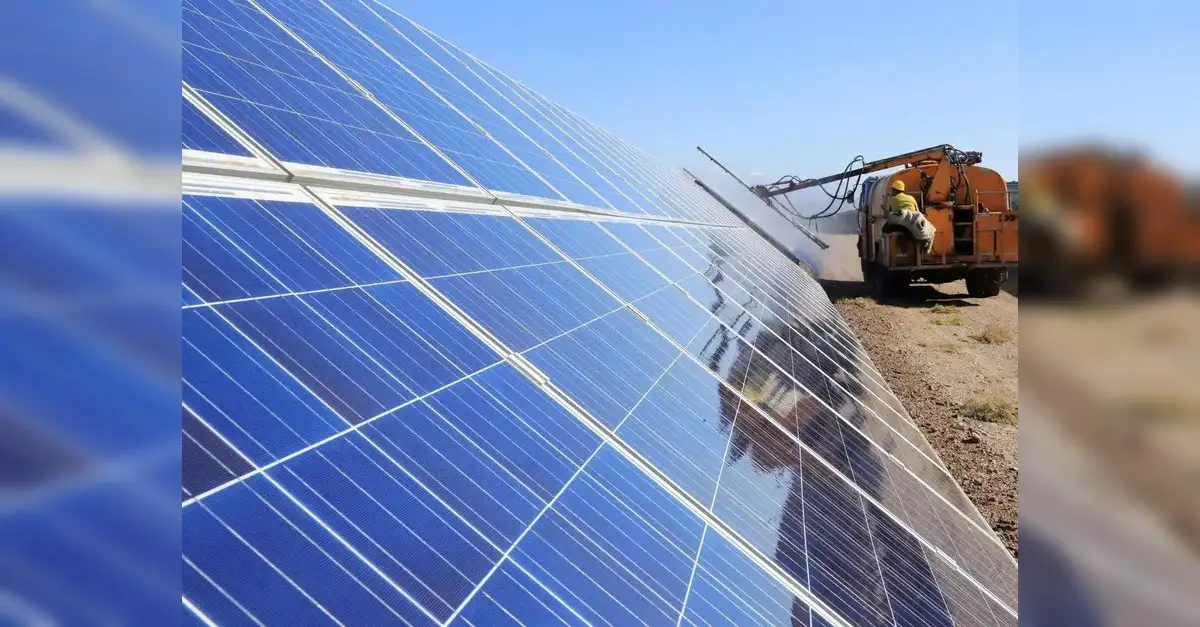Poland’s leading utility company, PGE, has announced a bold investment plan totaling 235 billion zlotys (approximately $63.8 billion) by 2035, focusing on renewable energy sources, gas-fired power plants, and energy storage solutions. This decision marks a significant shift from PGE’s longstanding reliance on lignite-fired power plants, which are known for their high pollution levels.
At a press conference, CEO Dariusz Marzec described the new strategy as a ‘Copernican revolution,’ indicating a comprehensive overhaul of the company’s operational focus towards low-emission and zero-emission energy sources. The strategy aims to meet the challenges posed by the energy system, which require the adoption of new flexible technologies and the establishment of new business segments.
Under this plan, PGE will allocate 85 billion zlotys specifically to renewable energy projects. This includes the development of offshore and onshore wind farms, solar installations, and hydroelectric power plants, with an objective to increase the company’s total installed capacity to over 9 gigawatts (GW). Additionally, PGE plans to invest 37 billion zlotys in constructing up to 10 GW of flexible low-emission gas-fired power plants, which will later be able to transition to zero-emission fuels.
In line with these developments, PGE will also invest 75 billion zlotys in improving its distribution networks, 39 billion zlotys in acquisitions, and 14 billion zlotys in energy storage technologies, aiming to achieve 18 gigawatt-hours (GWh) of storage capacity, which would represent roughly 60% of the market.
PGE is also considering several locations—Belchatow, Turow, and potentially Konin—for nuclear energy project developments. The company anticipates that the implementation of this strategy will lead to a notable increase in its core profit, projecting growth from 11 billion zlotys in 2024 to 17 billion zlotys in 2030, and reaching 30 billion zlotys by 2035.
Furthermore, PGE intends to resume regular dividend payments once it achieves consistent net profits and positive free cash flow over two consecutive years, along with maintaining an investment-grade rating. The last dividend payment was made in 2016 before these investment plans were put into motion.



